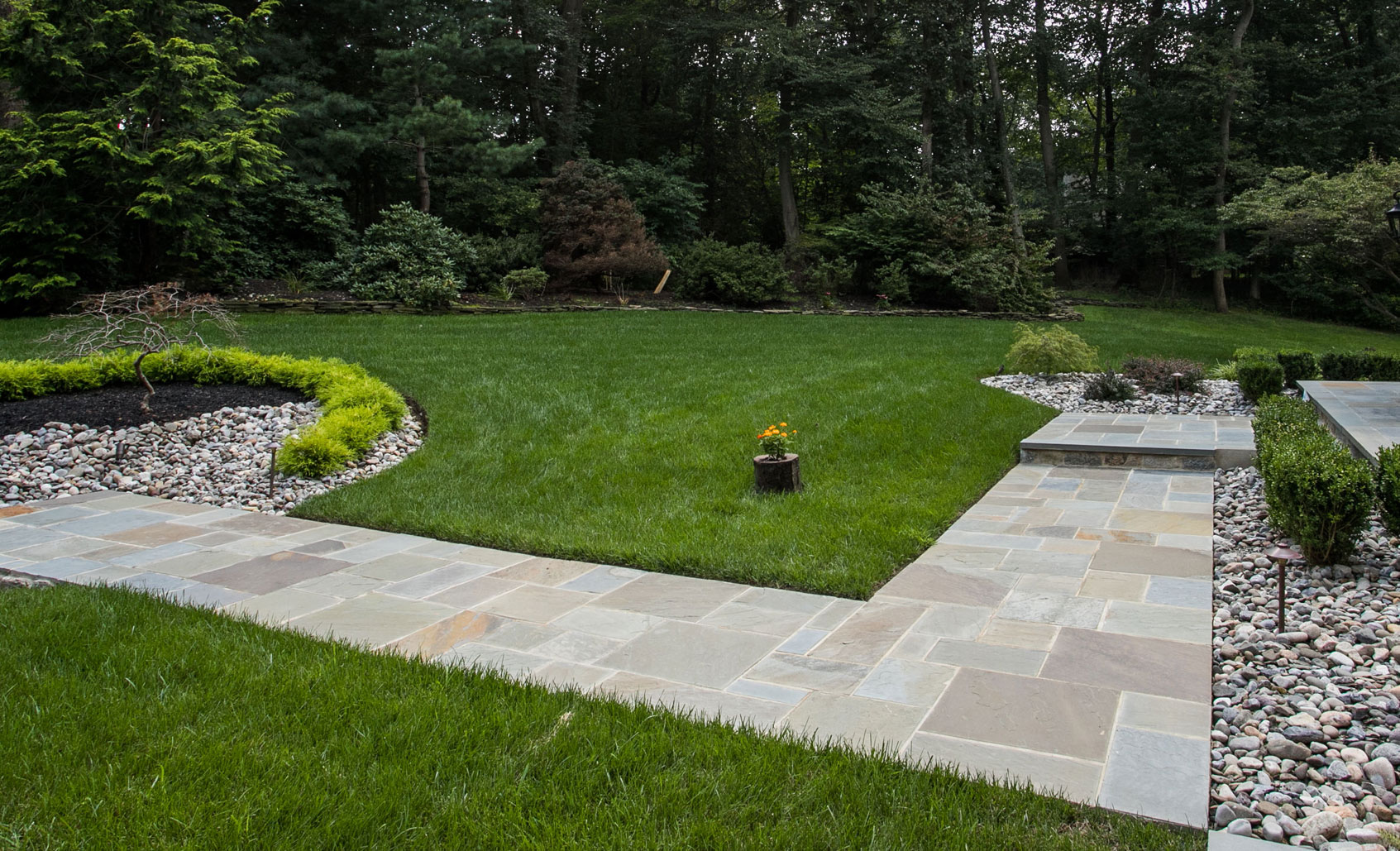Designing a business landscape entails careful planning, consideration of various factors, and adherence to specific goals and laws. A well-designed commercial landscape enhances the performance, aesthetics, and general appeal of a business property. Here are the key steps to design a commercial panorama:
Assessment and Analysis:
Site Analysis: Begin by conducting a thorough web site analysis. Evaluate the prevailing circumstances, including topography, soil high quality, drainage, and current vegetation. Consider any environmental or regulatory constraints that will impact the design.
Client Needs and Goals: Understand the particular wants and objectives of the client or property proprietor. This includes concerns like branding, accessibility, maintenance requirements, and finances constraints.
User Considerations: Identify the first customers of the space, whether or not they are clients, employees, guests, or residents. Consider their wants, preferences, and how the landscape will serve their necessities.
Concept Development:
Functional Layout: Develop a useful layout that defines the association of outside spaces, pathways, parking areas, and other key elements. Ensure that the format aligns with the intended use of the property.
Aesthetics and Style: Consider the specified aesthetic fashion and branding of the business property. Choose landscaping parts and design options that complement the overall architectural design and branding id.
Sustainability: Incorporate sustainable design rules, similar to water-efficient landscaping, native plant choice, and eco-friendly materials, to scale back environmental impact and useful resource consumption.
Accessibility: Ensure that the panorama design complies with accessibility standards and rules, offering equal entry to all users, together with those with disabilities.

Plant Selection and Hardscape Design:
Planting Design: Select acceptable plant species and varieties based mostly on native climate, upkeep requirements, and aesthetic preferences. Consider components like shade, texture, and seasonal curiosity.
Hardscape Elements: Design hardscape options corresponding to walkways, patios, seating areas, signage, lighting, and irrigation methods. Ensure that hardscape materials are sturdy and compatible with the design aesthetic.
Lighting Design: Develop a lighting plan that enhances security, safety, and aesthetics. Use a mixture of ambient, activity, and accent lighting to highlight key elements and pathways.
Stormwater Management:
Incorporate stormwater management solutions corresponding to permeable pavements, rain gardens, bioswales, and detention basins to handle rainwater runoff effectively and cut back environmental impact.
Sustainability and Maintenance:
Select low-maintenance landscaping features and materials to minimize ongoing repairs prices and cut back the necessity for frequent upkeep.
Develop a upkeep plan that outlines common duties, schedules, and responsibilities for sustaining the landscape, including pruning, watering, fertilizing, and pest management.
Cost Estimation and Budgeting:
Prepare a detailed cost estimate for the entire landscaping venture, including building, materials, labor, and ongoing upkeep. Ensure that Click here for more info with the consumer's financial constraints.
Regulatory Approvals:
Check native zoning codes, constructing rules, and environmental ordinances to make sure compliance with legal necessities. Obtain any necessary permits or approvals before starting building.
Construction and Installation:
Hire certified contractors and oversee the development course of to guarantee that the design is applied correctly. Monitor quality management and challenge progress.
Post-Construction and Ongoing Maintenance:
After development, conduct a final inspection to verify that the landscape design has been executed according to the plan.
Implement the maintenance plan to make sure the long-term health and look of the industrial panorama. Regularly evaluate the landscape's performance and handle any issues promptly.
Feedback and Adjustments:
Gather feedback from customers, property owners, and maintenance staff to establish areas for enchancment. Make changes and enhancements as wanted to meet evolving wants and preferences.
Designing a commercial panorama is a multifaceted process that requires expertise in landscaping, structure, and challenge management. Engaging with a certified landscape architect or designer might help ensure that the final design aligns with the client's aims and meets all essential necessities..
